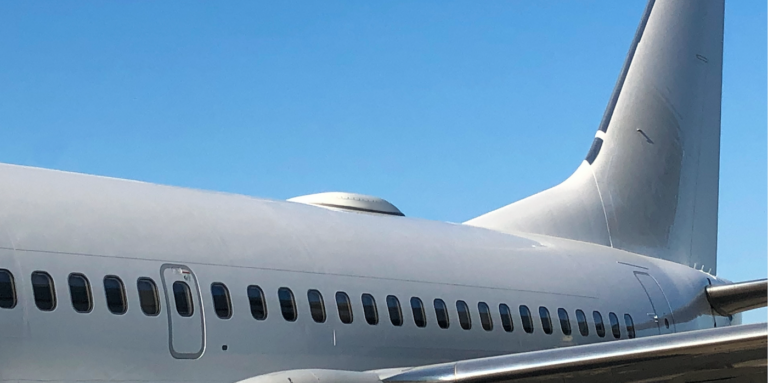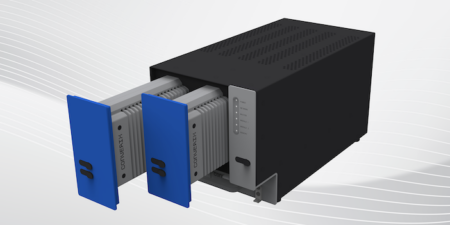ThinKom Solutions has announced that its Ku3030 aero satellite antennas have now been installed on more than 1,550 commercial aircraft of 16 ‘major airlines’. According to the company, the antennas have accrued over 17 million flight hours and have achieved in excess of 100,000 hours mean-time-before-failure (MTBF) with 98% end-to-end system availability. ThinKom also reported that the Ku3030 antennas have successfully completed OEM line-fit qualification testing by major airframe manufacturers.
The Ku3030 is based on ThinKom’s VICTS flat-panel phased array technology, which is also the core antenna subsystem employed by Gogo in its 2Ku in-flight connectivity (IFC) systems.
“While we’re proud of our impressive record of best-in-class performance and reliability metrics for our patented VICTS antenna technology to date, we’re not resting on our laurels. We continue making operational software enhancements to further improve reliability and the network efficiency of our systems,” said Bill Milroy, chief technology officer of ThinKom Solutions, who added that the software updates can easily be uploaded to existing aircraft installations.
Ka-Band now commercially available
In other ThinKom news, the company has begun production of a range of Ka-band IFC antennas, which use the same VICTS technology as the Ka-band versions. The Ka2517 antennas are fully operational on a fleet of US government aircraft and are nearing introduction on several commercial airline fleets. Multiple supplemental type certificates (STCs) are in process and are expected to be awarded this year, according to the company.
ThinKom has worked closely with Gogo to develop an economical and efficient process to convert 2Ku systems to Ka-band for airlines seeking to transition to a Ka-band IFC solution. This offering is a ‘very cost-effective’ procedure which can be completed during an overnight service, stated the company.
“We’re looking to a future that will be characterised by multiple frequency bands and satellite constellations, and we’re actively working to ensure our IFC solutions provide the required rapid switching speeds and agility to track and switch seamlessly and reliably between beams, satellites and constellations. The ability of ThinKom’s VICTS antennas to effectively operate between satellite networks is the key enabler for IFC systems being able to operate globally and benefit from the lowest latency available,” stated Milroy.
In recent months, ThinKom’s Ku- and Ka-band IFC antennas completed multiple ground and in-flight tests demonstrating seamless interoperability across low-Earth orbit (LEO), medium-Earth orbit (MEO) and high-throughput geostationary (GEO) satellite constellations. The live on-air testbeds included OneWeb LEO, Telesat LEO 1 and SES’ GEO and O3b MEO satellites.
In all cases, according to ThinKom, the antennas met or exceeded all test parameters, including spectral efficiency, data throughput rates, beam agility, switching speeds, ASI interference, low-angle tracking and inter-constellation roaming.
The company has also confirmed that its antennas comply with the latest international regulatory requirements, including ITU Article 22, which restricts NGSO terminal emissions to GEO satellites, and the WRC-19 ESIM rules to protect terrestrial 5G networks operating in the Ka-band from interference emitted by airborne satellite terminals.





